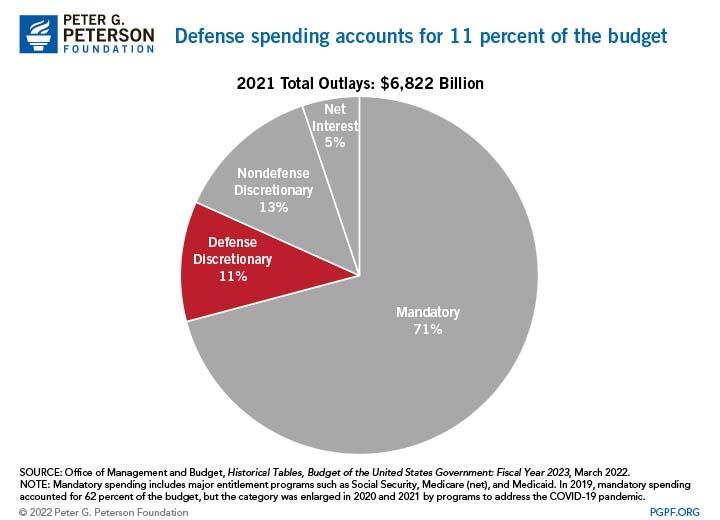In a proposed defense bill set to shake up military procurement plans, the purchase of F-35 fighter jets in 2025 is on the chopping block. As tensions rise and budgets tighten, delays in deliveries of these cutting-edge aircraft could potentially reshape the landscape of modern warfare. Let’s delve into the implications of this strategic decision and how it may impact military readiness in the years to come.
Impact of reduced F-35 purchases on military readiness and capabilities
Reducing the number of F-35 purchases in 2025 could have a significant impact on military readiness and capabilities. The F-35 fighter jet is a key component of the United States’ defense strategy, providing advanced capabilities for air superiority and precision strike missions. With fewer F-35s available, the military may face challenges in maintaining its air superiority, as well as in conducting critical missions effectively.
The delay in deliveries of F-35s due to the defense bill could also affect the military’s ability to modernize its fleet and stay ahead of potential adversaries. Without access to the latest technology and equipment, the military may struggle to keep up with evolving threats and maintain its competitive edge. This reduction in purchases and delays in deliveries could ultimately impact the overall readiness and capabilities of the military, potentially putting national security at risk.
Strategies for mitigating the delays in F-35 deliveries
The Defense bill proposal includes various strategies to mitigate the delays in F-35 deliveries. One of the key measures is to reduce the number of F-35 purchases in 2025, allowing for better management of the production and delivery schedule. Additionally, the bill proposes increasing funding for the production line to address any bottlenecks that may be causing delays.
Furthermore, the proposal includes provisions to incentivize contractors to improve efficiency and speed up the production process. This could involve implementing stricter delivery timelines, providing bonuses for meeting targets, and enhancing collaboration between suppliers. By implementing these strategies, the aim is to streamline the F-35 delivery process and ensure that the aircraft are delivered on time and within budget.
Potential consequences of budget cuts on defense industry and employment
Impact on Defense Industry:
The potential budget cuts on defense spending will have a significant impact on the defense industry, particularly on the production and procurement of the F-35 aircraft. With a reduction in F-35 purchases in 2025 and delayed deliveries, defense contractors will likely see a decrease in revenue and production volume. This could also lead to layoffs, reduced work hours, and possibly even plant closures for companies involved in the F-35 supply chain. The defense industry will need to reassess their strategies and potentially make difficult decisions to adapt to these budget cuts.
Impact on Employment:
The decrease in F-35 purchases and delayed deliveries will have a direct impact on employment within the defense industry. Employees working on F-35 production lines may face job insecurity, as companies may need to downsize their workforce due to decreased demand. The ripple effect of job losses could also be felt in related industries that provide services and support to the defense sector. The budget cuts will not only affect the production of F-35 aircraft but also have wider implications on employment opportunities and economic stability in the defense industry.
Opportunities for reevaluating military spending priorities
Amid increasing scrutiny over defense spending, the latest defense bill proposes significant changes to the procurement of F-35 fighter jets. The bill aims to cut purchases of F-35s in 2025 and delay deliveries, signaling a shift in priorities within the military budget. This move presents an opportunity for reevaluating military spending priorities and exploring alternative investments in national security.
The reduction in F-35 purchases could prompt a reassessment of the effectiveness and cost efficiency of the program. By reallocating funds from procurement to other defense initiatives, such as cybersecurity or modernizing existing equipment, the military could better address evolving threats and strategic objectives. This adjustment in priorities underscores the importance of a comprehensive review of defense spending to ensure optimal resource allocation in today’s ever-changing global landscape.
Key Takeaways
While the proposed cuts in F-35 purchases may come as a disappointment to some, it is important to remember that the defense bill is a complex and ever-evolving document designed to ensure the safety and security of our nation. As technology advances and threats shift, adjustments must be made to best protect our interests. The delay in deliveries may provide an opportunity for further refinement and improvement of the F-35 program. Ultimately, the goal is to maintain a strong and capable defense force that can adapt to whatever challenges may arise. Only time will tell how these changes will impact our military capabilities, but one thing is certain – the importance of staying vigilant and adaptable in the face of an ever-changing world.


